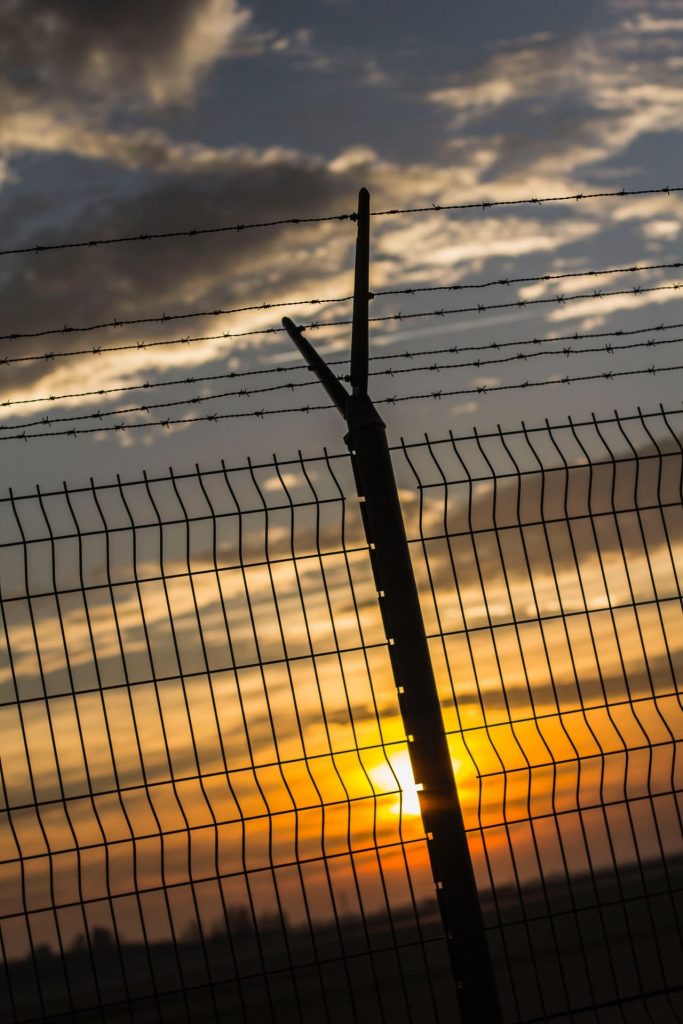Mexican transnational organized crime groups, often referred to as cartels, have spent several decades establishing intricate, complex routes and connections to smuggle illegal drugs across the United States and Mexico border. Border Patrol, and other governing agencies such as the DEA (Drug Enforcement Agency) and FBI (Federal Bureau of Investigation), have been waging war against these drug trafficking organizations for as long as these cartels have been in operation.
The problem with these cartels is that even when one drug smuggling avenue or connection is shut down, they quickly find a new way to continue bringing these illegal, harmful substances across the American-Mexican border. So much so that a new wall has been approved by the US government in hopes to decrease illegal immigration and drug smuggling efforts. While this is a major problem for many states such as New Mexico and California, Texas is another state that is primarily affected by the operation of these Mexican drug cartels.
The Mexican drug war began in 2007 and was led by the American government. Mexican officials made an effort to decrease drug-related violence in association with the drug flow into the United States. Although Mexican drug cartels have been around for a while, their influence only grew in size with the demise of Columbian Cali and Medellin cartels in the 1990’s. Since then, it has been estimated that these Mexican drug cartels are responsible for more than 90% of the cocaine that is currently being smuggled into the United States.

Unfortunately, Texas has become a primary hotspot for Mexican cartels to smuggle these drugs across the border. South Texas has become the primary point of entry for cocaine that is being smuggled across the Mexican border into the United States. More cocaine and heroin have been seized in Texas than any other state along the Mexican border (Arizona, California, and New Mexico).
Significant amounts of methamphetamine have also been seized in the Texas area, consistently topping the charts in comparison to other border states. Texas has what is known as the South Texas HIDTA region, this stands for high intensity drug trafficking area. Texas and Mexico share 1254 miles of common border, and there are at least 28 different ways to cross the border between them; including bridges, border crossings, and other crossings that allow personal or commercial travel between them.
The border of South Texas begins in the Western portion of Val Verde County and extends to both Willacy and Cameron counties along the Gulf of Mexico. This area of Texas is largely populated in three areas; the Del Rio or Eagle Pass, Laredo, and the Lower Rio Grande Valley. The rest of the South Texas HIDTA region remains largely unpopulated with big stretches of rural or uninhabited land. Drug cartels take advantage of this widespread and massive area to smuggle drugs across the Texas and Mexican border. Interestingly enough, Texas shares the title for the state with the highest rates of drug seizure, coming in alongside Arizona with a total of over 7 million pounds of illegal drugs being seized between a recent four year span.
It is not uncommon for these pieces of land to also serve as a sort of temporary storage facility for drug shipments before sending them to larger cities and towns within the border area. They use places like ranches, local residences, or warehouses and trailers to conceal these illegal substances before sending them off to different parts of the country.

San Antonio, Texas serves as one of the largest Mexican cartel transnational shipment centers, shipping a wide variety of illicit drugs, such as; heroin, marijuana, and crystal meth. To transport these drugs, Mexican cartels often exploit the transportation infrastructure that is already in place for transporting legal goods across the border, as Texas has become Mexico's number one trading partner. Mexican drug cartels also use things like personal vehicles and tractor trailers as well as commercial vehicles.
Located in the South Texas HIDTA region is an area commonly referred to as the Nuevo Laredo Plaza. This has become the most lucrative drug smuggling corridor along the Mexican and Texas border. It is located directly across the Rio Grande River from Laredo at the Laredo Point of Entry. The Laredo Point of Entry has become the busiest commercial Point of Entry in North America; as a result, it has been the focal point for many violent conflicts between competing Mexican drug cartels. This has become a centralized location where they are able to take advantage of the existing transportation to smuggle drugs across the border. Additionally, over 55% of all rail traffic from Mexico to the US enter the United States through Laredo.

Another way that these Mexican drug cartels are able to smuggle drugs across the border is through the horrendous act of human trafficking. It is estimated that out of all the foreigners being trafficked into the country, more than a quarter, or one fourth, of them enter the country through the Mexican border. Many of these people are forced, or coerced, into smuggling drugs into the United States by violent Mexican drug trafficking organizations. Sadly, nearly one third of all the calls received by the National Human Trafficking Hotline are made from inside the state of Texas.
The war on drugs has been occurring for decades and these Mexican cartels are constantly finding new ways to complete their illegal activities. Despite the efforts of law enforcement they have been able to thrive, but there may be a solution in sight. We hope that with continued efforts we will finally be able to get a better handle on the drug trade occurring in Texas along the Mexican border.
If you or someone you know is in immediate danger, please do not hesitate to reach out to the proper authorities. There is always someone who will understand your situation and someone who will be willing to help! Help is only a phone call away.

